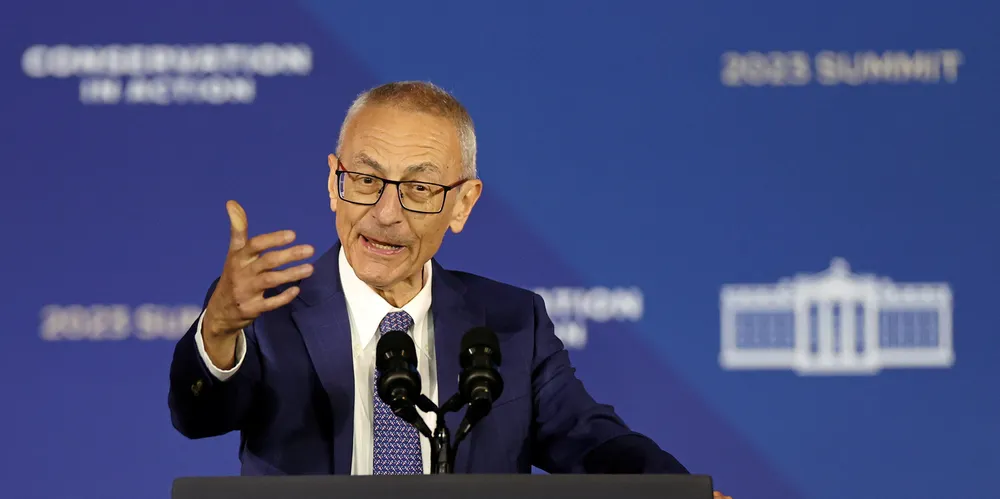'We need trillions': top US clean energy adviser John Podesta tells private sector to step up
Biden official claims at Cleanpower 2023 that IRA climate law creates 'best ever environment' for investment

Biden official claims at Cleanpower 2023 that IRA climate law creates 'best ever environment' for investment
